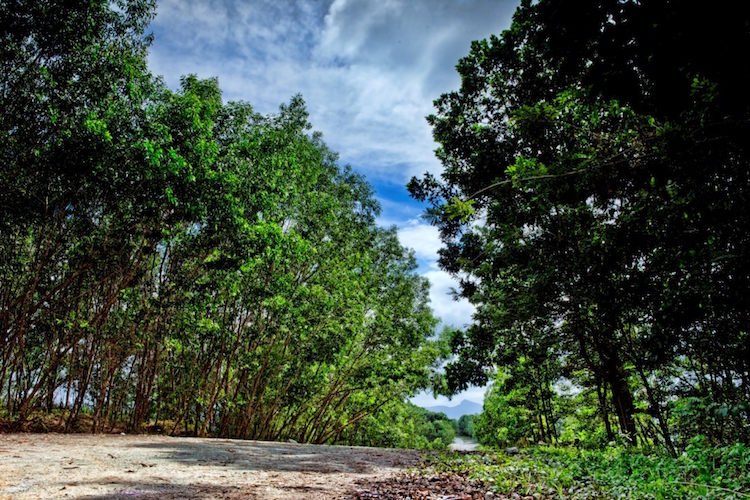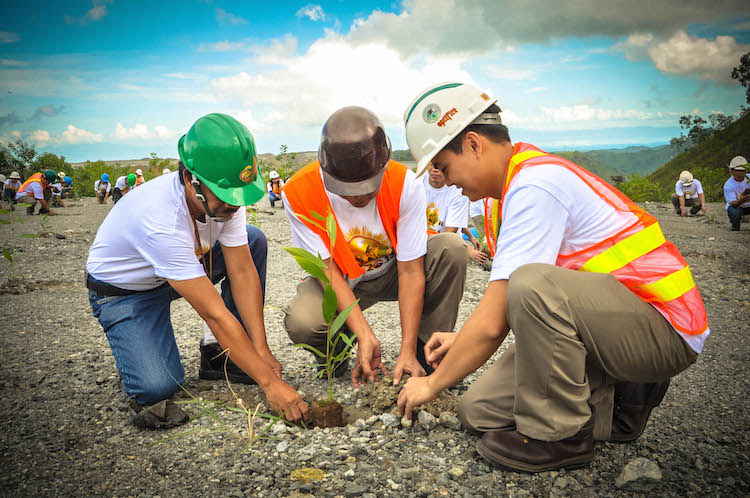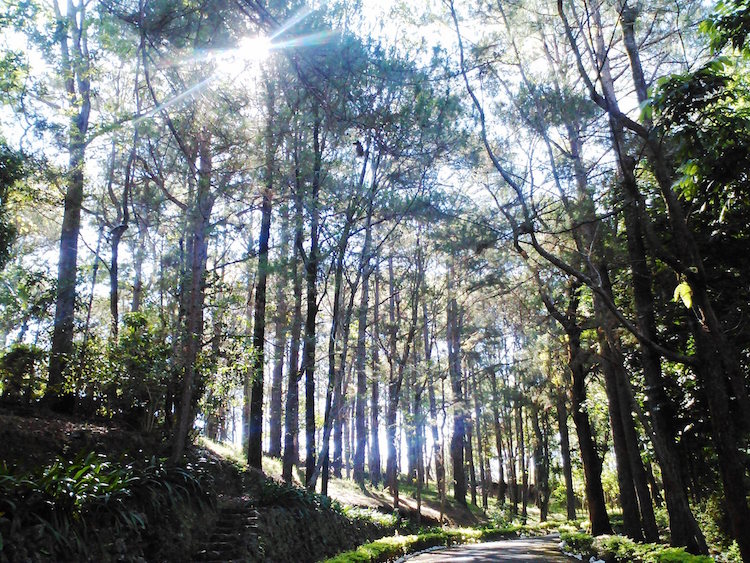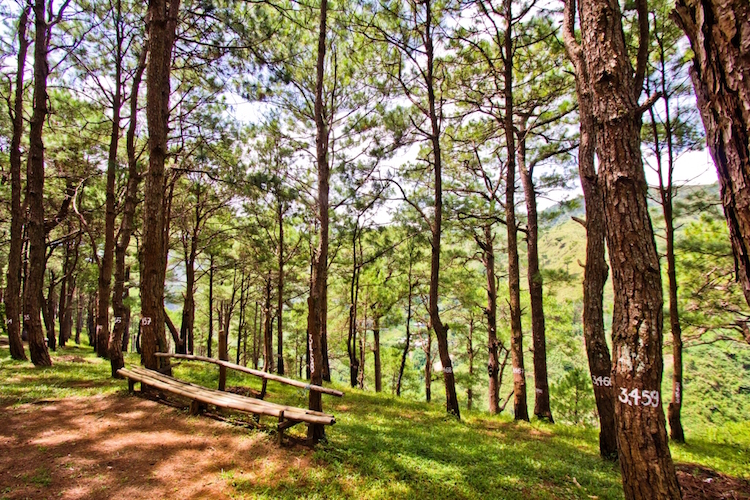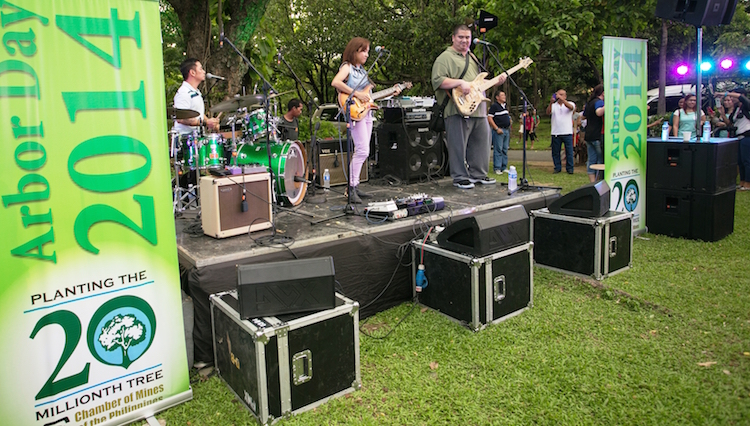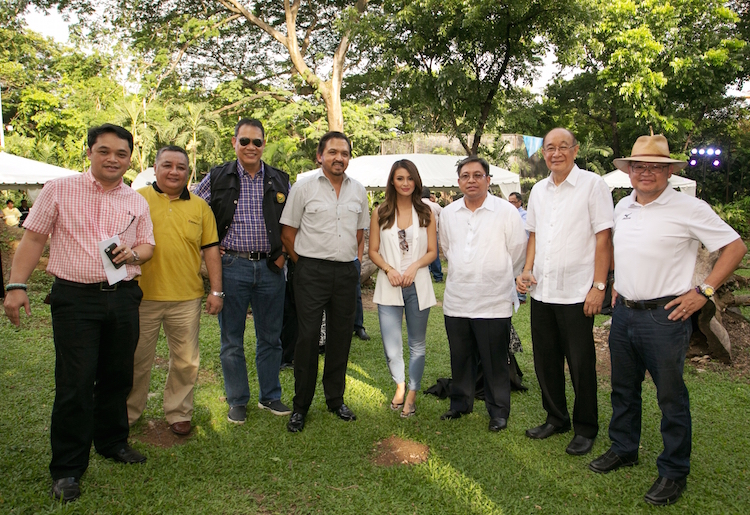7.) The word ‘arbor’ is of Latin origin meaning tree.
6.) It’s a holiday in which individuals or groups of people are encouraged to plant and care for trees.
Did you? Don’t worry. You can still plant a tree anytime. You can always join the celebration next year!
5.) Although not as widely known, some countries have been celebrating Arbor Day every year for more than 200 years now.
4.) It was first observed in 1805 in the small Spanish village of Villanueva de la Sierra through the efforts of a local priest, don Ramón Vacas Roxo, who invoked love and respect for nature through tree-planting.
Observance in North America was launched in 1872 in Nebraska City, where the Arbor Day Foundation was established upon its centennial in 1972.
3. Today, it is observed in 40 countries worldwide including United States, United Kingdom, Australia, the Netherlands, and Japan.
It is usually observed in the spring, although the date varies for every country as it depends on climate and proper planting season.
2. In the Philippines, Arbor Day has been institutionalized to be observed every June 25.
Arbor Day celebration may consist of planting trees and ornamental plants and performing other relevant activities.
1. One of the biggest celebrations of Arbor Day 2014 was held by the mining industry.
And surprisingly, the same industry is the largest industrial planter of trees and the single largest private sector contributor to local reforestation and greening efforts. It has, in fact, planted not just hundreds of thousands but millions of trees in the span of just more than two years. Want to know exactly how many? Find out here!
To contextualize these numbers, we talked to Kaycee Crisostomo, Corporate Communications Director of TVIRD and a member of the Chamber of Mines industry communications committee. They are responsible for creating awareness for Arbor Day. Given the big number of trees that they plant, what is the ratio against the number of trees that have been cut down due to the mining operations? Kaycee replied:
In all honesty, neither we nor the DENR have comprehensive figures on the number of trees affected by mining operations. So I will need to give a non-quantitative answer. The country’s largest mineral export is Nickel – in which mining areas are void of trees and other vegetation due to the soil’s nickel content. After mining, these lands from which nickel was removed is now capable of supporting plant life. You may Google examples from Nickel Asia’s Rio Tuba project. A lot of others also exist. In fact, TVIRD’s Agata project has a solid reforestation plan in place. Even prior to its mining operations coming on-stream, it has already planted 100,000 trees in a 100-hectare area. In addition to this, here is a little more perspective. Gauging the industry’s actual footprint at 0.32 percent (of the country’s nine million hectares endowed with high mineral potential, according to the 2011- 2016 Philippine Development Plan) translates to the equivalent of 28,800 hectares that host actual mining or exploration activities. This is a lot smaller than the aggregate 40,156 hectares the industry has planted in the past three years alone. In effect, the industry has planted a far wider area in three years than it has actually mined from the start.
Have you ever planted trees on Arbor Day? What other practices should the Philippines adapt in order to take better care of our environment? Let us know what you think in the comments below.

